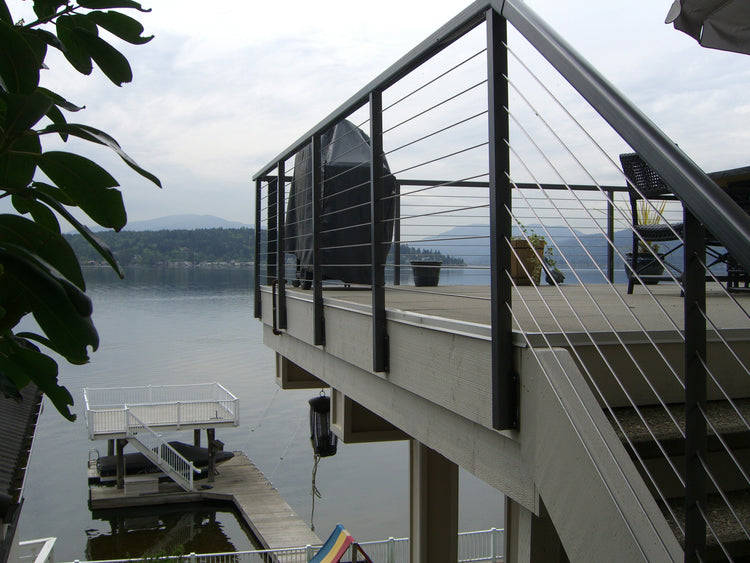
Essential Hardware for Installing a Stainless Steel Cable Railing System
Stainless steel cable railing systems are known for their durability, modern aesthetic appeal, and versatile applications in both residential and commercial settings. A successful installation begins with understanding and utilizing the essential hardware required for a secure and visually pleasing outcome. This article outlines the fundamental hardware components needed to install a stainless steel cable railing system.
1. Stainless Steel Cable:
The cable itself is a fundamental component of the railing system. Choose high-quality stainless steel cables known for their corrosion resistance and strength. Ensure that the cables are of the appropriate diameter and length to fit the intended space.
2. End Posts:
End posts serve as anchor points for the stainless steel cables. These should be securely mounted to the structure, providing stability and support for the entire system. End posts come in various designs, and the choice may depend on the aesthetic preferences and structural requirements of the project.
3. Intermediate Posts:
Intermediate posts are strategically placed along the length of the railing to provide additional support for the cables and maintain proper tension. Like end posts, they should be securely attached to the structure and spaced according to the system's design specifications.
4. Post Caps:
Post caps serve both functional and aesthetic purposes. They not only protect the tops of the posts from the elements but also contribute to the overall appearance of the railing system. Choose post caps that complement the style of the project.
5. Tensioners:
Tensioners are essential for maintaining the proper tension of the stainless steel cables. These components allow for easy adjustment, ensuring that the cables remain taut and secure. Tensioners come in various styles, including turnbuckles or swage fittings, depending on the design preferences.
6. Mounting Hardware:
Securely attaching the railing system to the structure requires reliable mounting hardware. This includes screws, bolts, or anchors, depending on the type of material the railing is attached to (wood, concrete, metal, etc.). Choose hardware that is corrosion-resistant to ensure the longevity of the installation.
7. Handrails:
While not strictly necessary, handrails can enhance the safety and aesthetics of a stainless steel cable railing system. Handrails provide additional support and a comfortable grip for individuals using the railing. Choose handrails that complement the overall design and meet safety standards.
8. Cable End Fittings:
Cable end fittings are used to terminate the stainless steel cables securely. These fittings come in various styles, such as terminals or studs, and should be chosen based on the design and structural requirements of the railing system.

